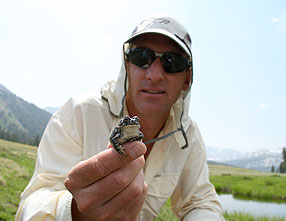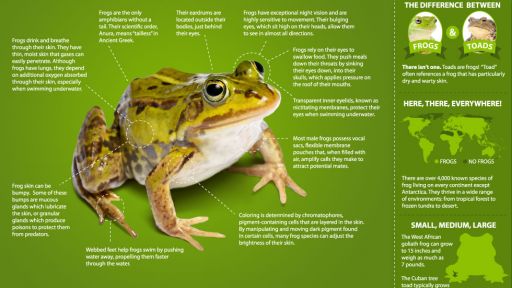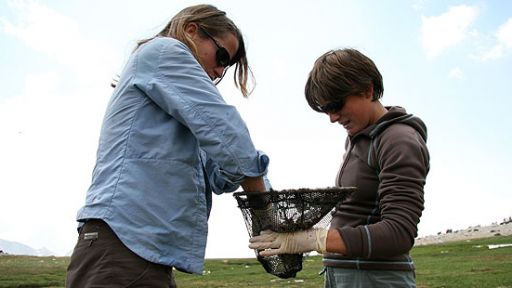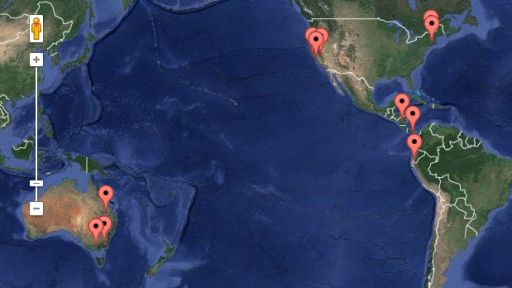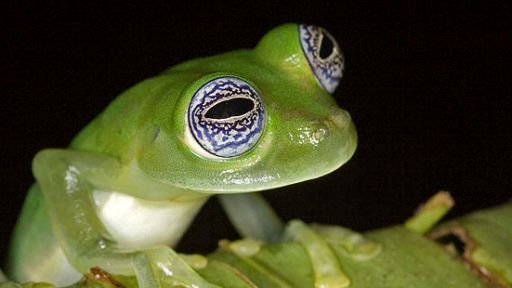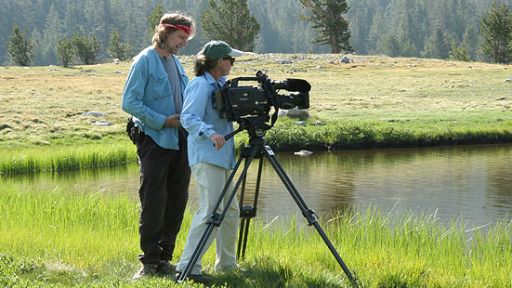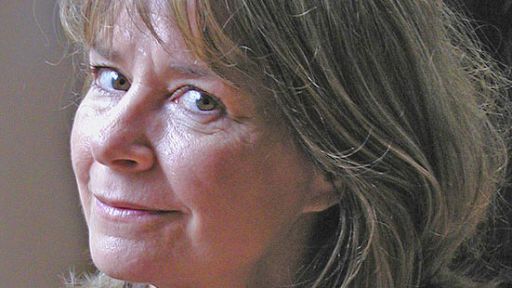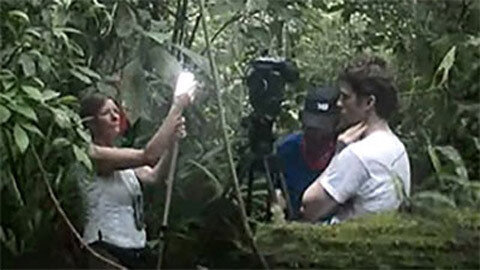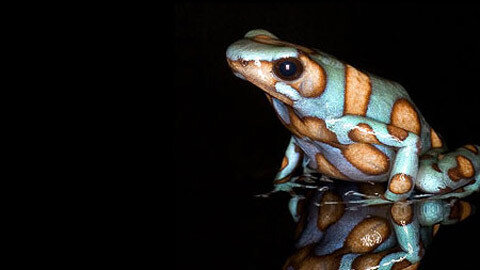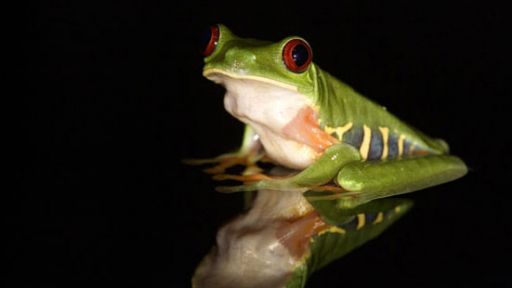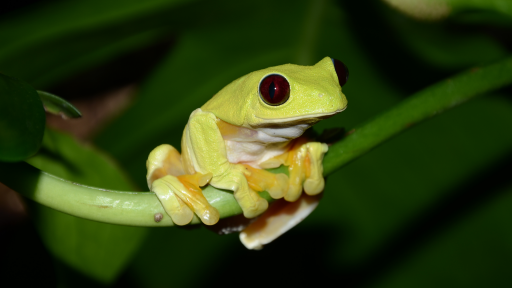Filmmaker Allison Argo shares her stories from the making of Frogs: The Thin Green Line.
Our next location was closer to home: Yosemite National Park. We flew into Reno on July 11th – just in time to catch the peak of the summer’s forest fires. When we stepped outside the airport, it smelled like a campfire – it made my lungs hurt. To make matters worse, the magnificent scenery of Yosemite was hidden behind a white curtain of smoke.
The next day, the winds shifted and the extraordinary vistas of Yosemite began to emerge from the haze. Of course it wasn’t the vistas that had drawn us to Yosemite. It was a small, unassuming frog – one of the most endangered amphibians in North America. As we prepared for the shoot, I thought about the frog. The good news: the mountain yellow-legged frog is diurnal. This means they’re active during the day and we won’t have to film them at night. The bad news: they live 12,000 feet above sea level and seven hours by foot from the closest road.
Dr. Roland Knapp had agreed to let us follow him into the field and document his work. We’d be staying up there for three days and had to pack in absolutely everything we’d need – from sleeping bags, tents & food to tripod, camera & batteries (fortunately we were able to hire members of Yosemite Search & Rescue to help us with the trek). Josh Cassidy, a student filmmaker, also joined us to help with the gear and logistics. We hit the trail at 6am on July 13th, fretting with every step that we’d forgotten to pack a critical piece of equipment. There would be no running back to the van to get it…
Notes from the field 7/14/08
Oh man, what a hike! The altitude makes it really tough – but wow, is it beautiful up here! We set up our tents in the afternoon rain & took inventory of the gear. I can’t believe we forgot the batteries for the backup camera!!We started at sunrise the next morning… It wasn’t long before we stumbled on our first dead frog. Roland says it’s chytrid. Seeing it so still under the water, perfectly intact, was chilling. Here we are in one of the most pristine environments in the world – and the frogs are dying. This disease is frightening.
We shot the entire day (Roland and his team processing frogs) until huge, black clouds started gathering at around 3. They seemed to come from nowhere – fast and furious. As we scrambled to get the gear under tarps and Roland’s team tried to secure their data, the skies let loose… it was a hail storm to beat the band! We ran for cover in our tents, and the hail pounded down for two hours. I caught a glimpse of a huge lightning bolt cracking into the mountainside next to us just as I ducked into my tent. Inside, with hail stones and wind tearing against the fly, I really wondered how this little adventure was going to play out. I also mused on the mountain yellow-legged frogs and just how much they’ve withstood, day in and day out, for millions of years. What extraordinary survivors… until now.
Once the storm seemed to die down, I unzipped my tent and peered out… there were two inches of ice over the entire landscape. In two hours we’d gone from summer to winter. Andy pointed out that none of shots are going to match – hah! Oh well, we’ve lost the light, so we’ll just have to see what tomorrow brings…
We managed to get through the next day of shooting without any further mishaps and made it down the mountain. My head was still filled with images of dead frogs…
Our subsequent locations were no less riveting… At UC Berkeley, Tyrone Hayes and his students are studying the effects of chemical run-off on frogs. They’re finding that even low level exposure to herbicides and pesticides is leading to reproductive abnormalities. We thought he was kidding when he invited us to film a male frog laying fertile eggs… He wasn’t. It was one of the creepiest things I’ve ever seen.
Our next shoot was equally creepy – and perhaps even more shocking. In suburban Connecticut, David Skelly from Yale University has been studying the local frogs. He, too, is finding big problems. 21% of the frogs in the suburban ponds he’s studied have reproductive abnormalities: the males are growing eggs in their testes. Wow… This is happening in our own backyards. This is the water that our children are playing in, that some of us swim in – that some of us even drink! My eyes were opened to the frightening impact of our seemingly innocent actions: using fertilizers or weed killers on our lawns & gardens, flushing medicines down our toilets, digging septic systems too close to wetlands – or not repairing old septic systems that are leaching… We are all players in the extinction crisis.
Check back tomorrow to hear about filming in Australia and the challenges of finishing the film.
– Allison Argo

